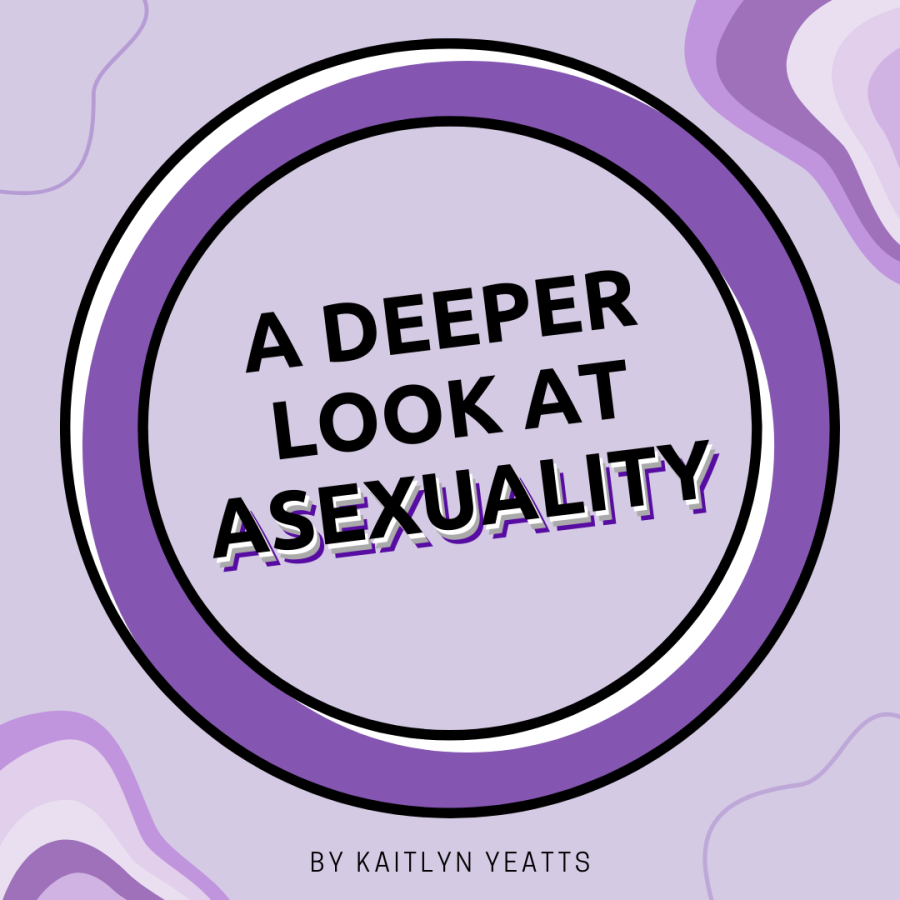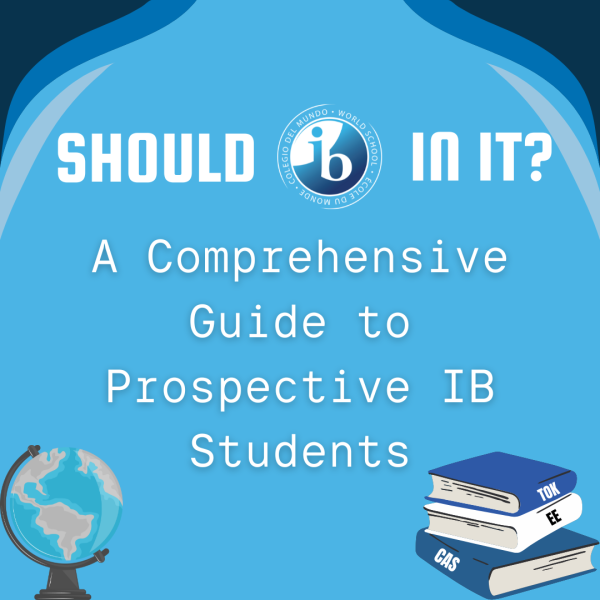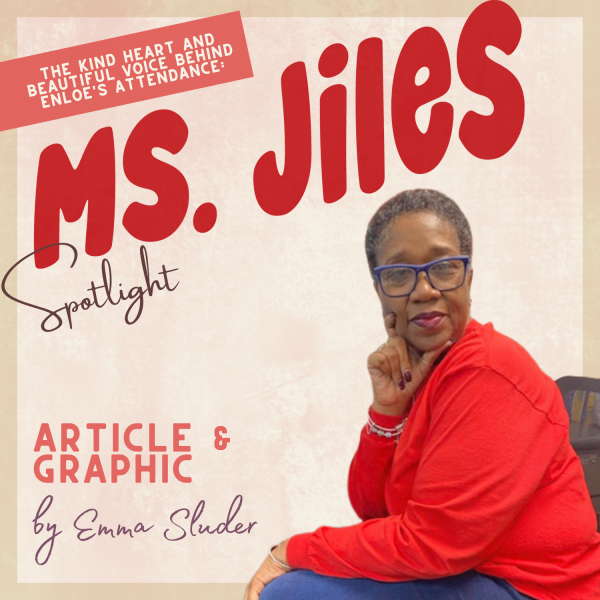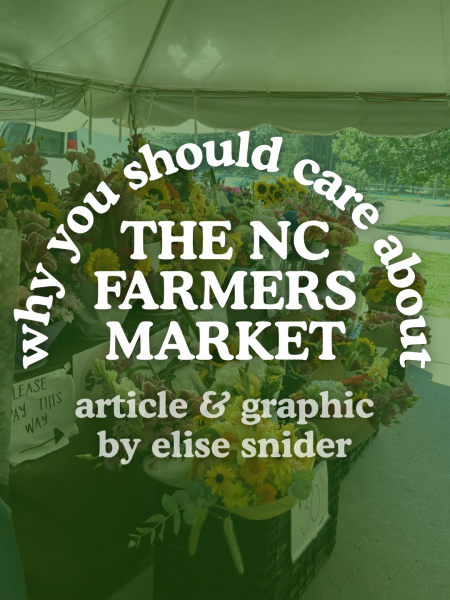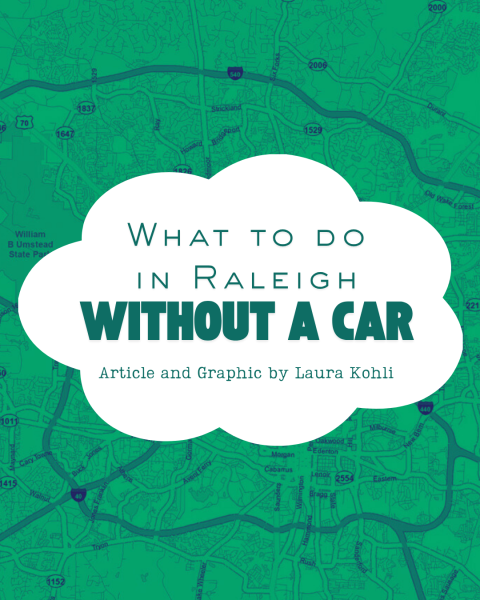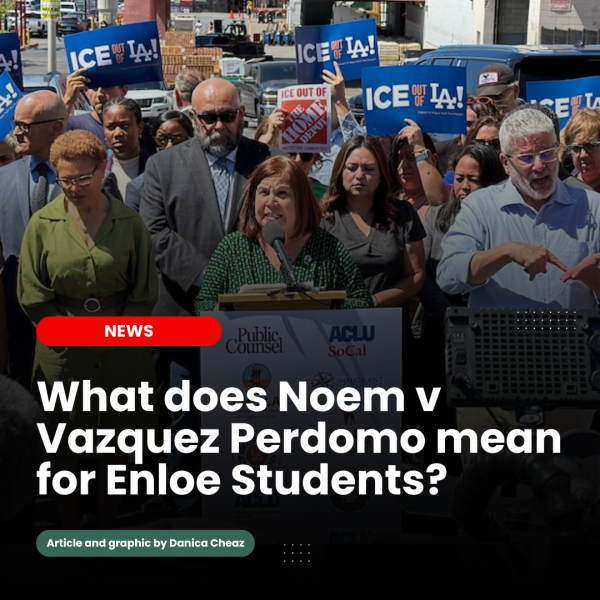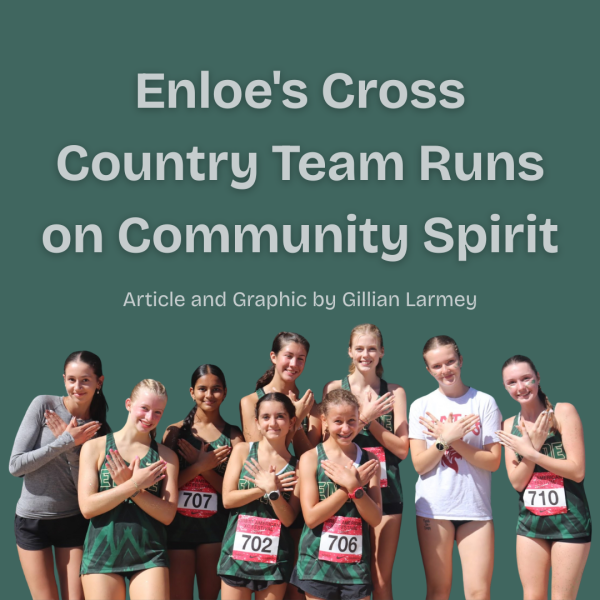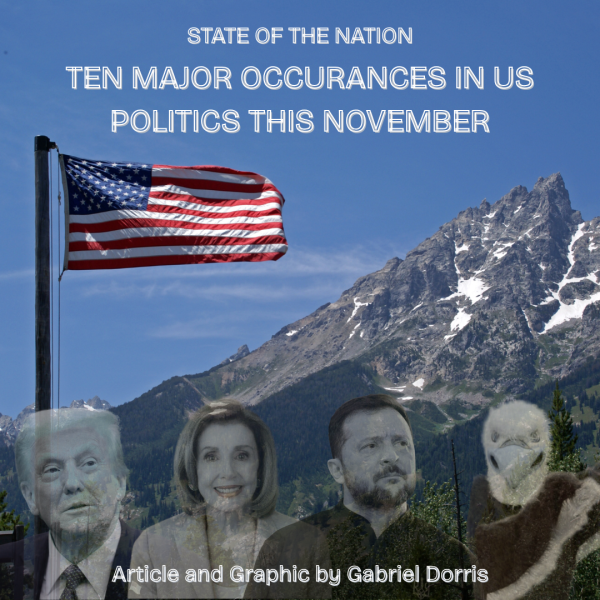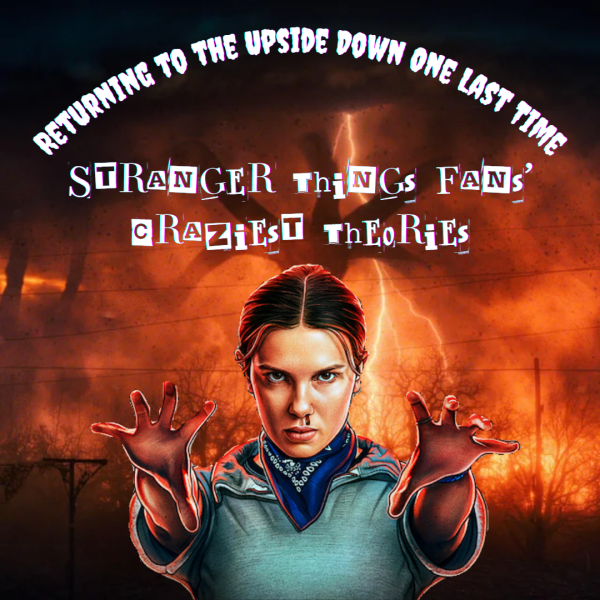A Deeper Look at Asexuality
Overall, the LGBT+ community has been making major strides in representation and recognition as of the past few years. However, asexual recognition and widespread knowledge of asexuality is still extremely diminished even during the celebration of Ace Week, a week designed to promote awareness of the asexual spectrum and its community. “Ace” is a slang term for people who identify as asexual and is often used as an umbrella term for the many identies within the asexual spectrum (asexual, greysexual, demisexual, aceflux, etc.). Asexuality is a sexual orientation for those who experience little to no sexual attraction.
It is a common occurrence in the ace community for ace people to be told that there is something inherently wrong with them as they don’t experience sexual attraction (at least not to the same degree as non-aces). This is simply amplified through descriptions of diagnoses within the Diagnostic and Statistical Manual of Mental Disorders (DSM), the primary guide used by professionals to classify mental disorders. Within the DSM, there was a disorder named Hypoactive Sexual Desire Disorder (HSDD) defined as “low sexual desire accompanied by marked distress or interpersonal difficulties.” Understandably, many ace people felt that this definition was highly reflective of their experiences and believed it was highly invalidating by defining their sexual orientation as a mental disorder. It wasn’t until the publication of the DSM-5 in 2013, that asexuality was officially recognized in the DSM through the two newly defined versions of HSDD: Female Sexual Interest/Arousal Disorder (FSIAD) and Male Hypoactive Sexual Desire Disorder (MHSDD). Under the criteria of both diagnoses, the DSM states, “If a lifelong lack of sexual desire is better explained by one’s self-identification as ‘asexual,’ then a diagnosis of [FSAID or MHSDD] would not be made.”
On the surface, this all seems great since asexuality is now recognizable within the DSM; however, for a patient’s diagnosis of FSAID or MHSDD to be voided, the patient must first: know what asexuality is, and second: self-identify as asexual, which can be very difficult. Asexual is also in quotes implying the writers of the DSM still have doubts that asexuality is valid. Additionally, there is no mention of how asexuality is defined within the DSM. There was definitely an attempt in acknowledging asexuality; however, there was little attempt validating ace identities.
In addition, there have been rising concerns about the intersectionality between disability and asexuality. Many disabled aces have been told they are “part of the problem” of a societal stereotype the disabled community has been attempting to disprove for decades: that all disabled people are inherentlyasexual. In response to this growing problem, Courtney Lane, a disabled asexual women, founded a new celebration for disabled people who identify within the asexual spectrum: Disabled Ace Day. Through this day, Lane wishes to celebrate disabled aces and draw attention to the challenges they face being apart of the asexual community. For this year’s Disabled Ace Day, Lane interviewed over a dozen disabled aces about their experiences that was publicized through a series of posts on the Ace Week website.
Furthermore, asexuality is often deemed the “invisible orientation” our culture often considers sex to be a very key event in our lives. This is furthered by the very little media representation of ace characters. For example, Jughead Jones from the Archie Comics is said to be canonly aromantic and asexual; however, in the CW retelling of the Archie Comics, Riverdale, Jughead is clearly characterized as the opposite through his sexual and romantic endevores.This upset many of the fans who were hoping for asexual and aromantic represntation on such a largely produced and publized show. There has been some breakthroughs of ace representation through other characters like Flourance from Sex Education and Todd from BoJack Horseman as well as through books such as Let’s Talk about Love by Claire Kann and Loveless by Alice Oseman, but media representation is still lacking with little wide-scaled acknowledgment.
There is still so much work to be done within and outside the ace community for better recognition and education. Below are resources to further educate yourself and others on asexuality and its community. I hope that you are encouraged to learn more about asexuality as the community continues growing and evolving, demanding for more advocacy and recognition.
The official Ace Week Website has information involving all things involving Ace Week as well as the interview series of disabled aces mentioned above. They also have a blog post about the issue between asexuality and the DSM with links to further readings.
Aces & Aros is an organization partnered with Ace Week that has various resources involving asexuality and aromanticism. On the website they have a whole page dedicated to helping others get started learning about the many complexities of asexuality and aromanticism. They also have a database of resources including links to online forums, related organizations, slideshows, books (nonfiction and fiction), and blog posts.
The Asexual Visablity & Education Network (AVEN) is a one of the largest asexual online communities with a large archive of resources on asexuality and things of the like, primarily in the form of wiki-like pages and forums.
Your donation will support the student journalists of Enloe Magnet High School, allowing us to cover our annual website costs. We are extremely grateful for any contribution, big or small!

(They/she)
Kaitlyn is a senior. They are passionate about advocating the education of the LGBT+ community and are a board member of Enloe's Gender &...


